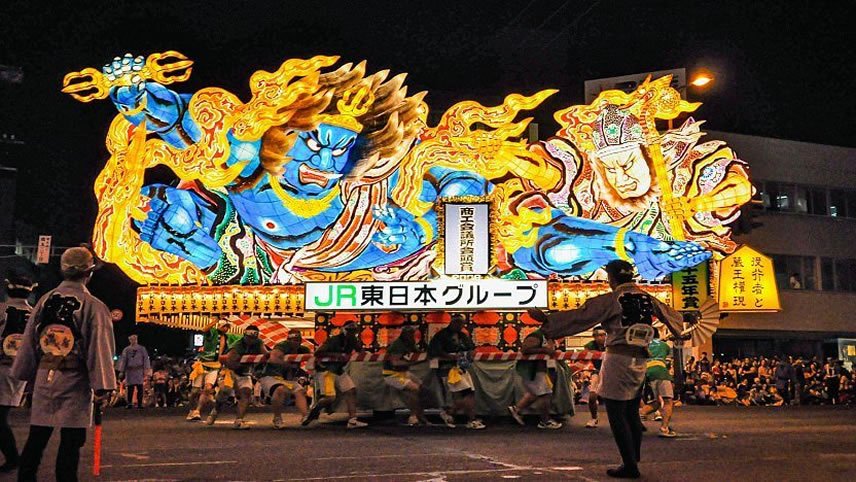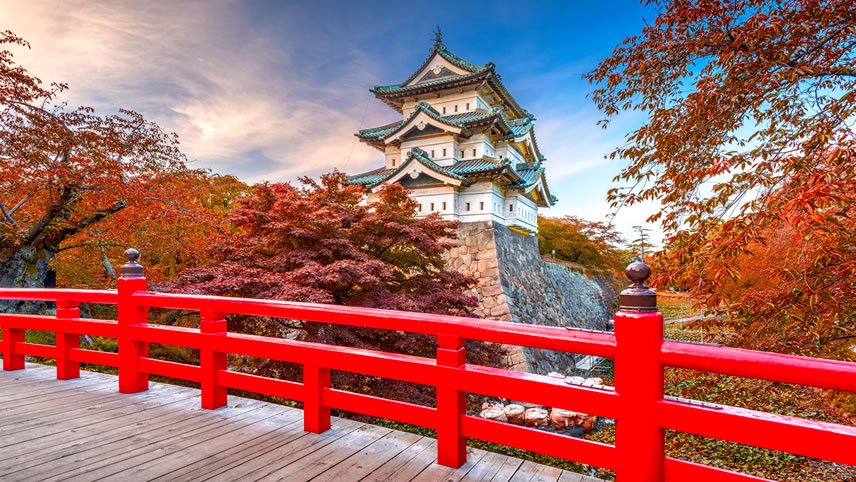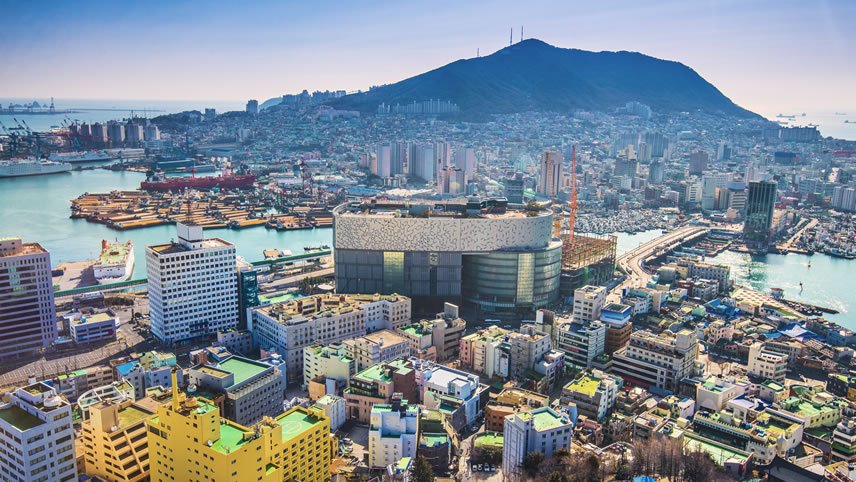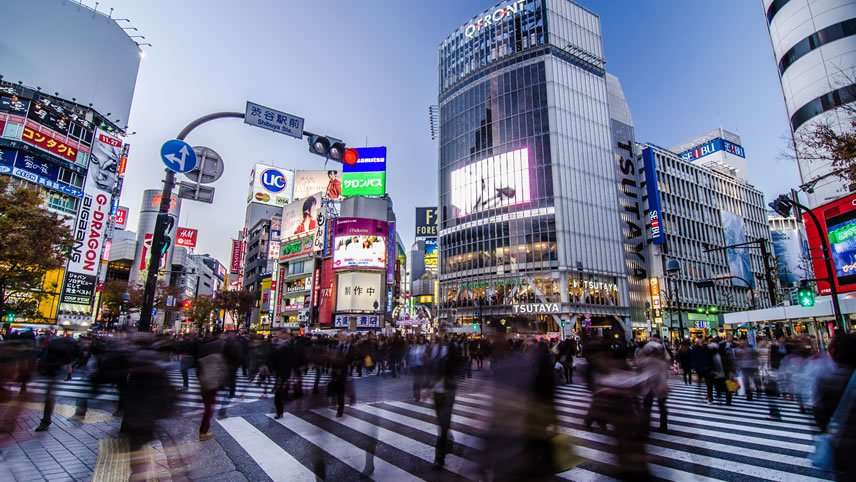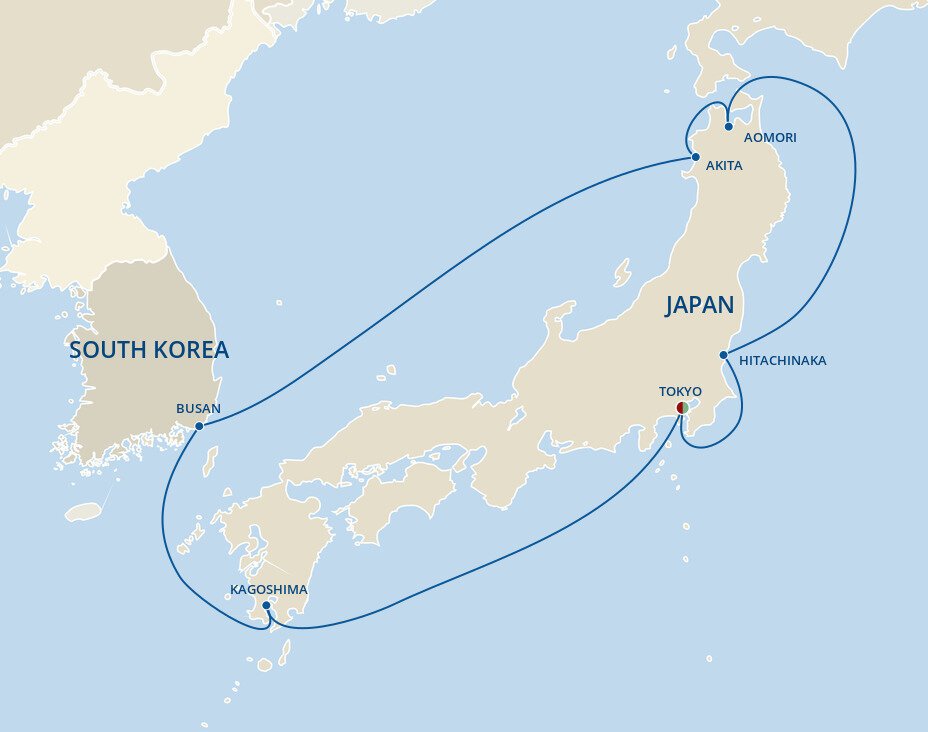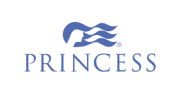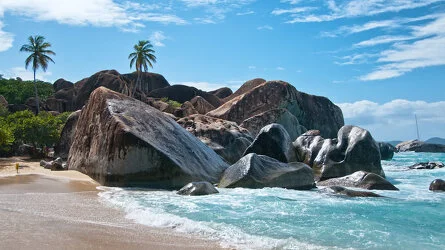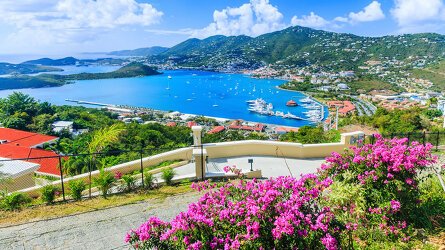Overview
Cruise Itinerary
Tokyo, Japan's bustling capital, offers an eclectic mix of tradition and modernity. Begin your adventure with a visit to the Asakusa district, home to the ancient Senso-ji Temple, Tokyo's oldest and most significant temple. Nearby, Nakamise Street is perfect for souvenir shopping and sampling traditional snacks.
For a panoramic view of the city, head to the Tokyo Skytree, one of the world's tallest towers. Shibuya Crossing, one of the busiest pedestrian intersections, is a must-see for its sheer scale and energy. To experience tranquility, visit the serene Meiji Shrine, nestled in a lush forest in Shibuya. Don't miss trying Tokyo's renowned sushi at Tsukiji Outer Market or exploring the vibrant Harajuku district for trendy fashion and unique cafes.
Yokohama Port serves as a gateway for travelers heading to Tokyo, located approximately 30 kms (about 19 miles) north of the port. The journey to Tokyo can take around 30 to 45 minutes by train. The Osanbashi Yokohama International Passenger Terminal is the main docking site for cruise ships. The most efficient way to travel is by train, with the Minatomirai Line directly connecting Yokohama to Shibuya, a major hub in Tokyo. This allows visitors to easily access famous sights such as the Shibuya Crossing, Meiji Shrine, and the vibrant district of Shinjuku. Given the limited time typical of cruise stopovers, planning ahead to prioritize which attractions to visit is advisable.
Revitalize and refresh body, mind and soul onboard Diamond Princess - from rejuvenating spa treatments and the tranquility of a top-deck retreat reserved just for adults to our state-of-the-art fitness centers, you’ll find all the elements to come back new.
Kagoshima lives in the shadow of Sakurajima, an active volcano that last erupted in 2016. In addition to being the capital of the Kagoshima Prefecture in Japan, the city is home to ancient castles and traditional Japanese Gardens that delight locals and visitors alike.
Top Things to Do in Kagoshima:
- relax at Ibusuki Onsen, the local hot springs
- hike to one of the many volcano observation points
- taking a tour of Shochu Brewery for sake tastings
- enjoy a traditional Japanese tea ceremony
Known for its beaches, mountains and temples, Busan is a large port city in South Korea. Enjoy the Haeundae Beach with its Sea Life Aquarium and Folk Square with traditional games such as tug-of-war or head to Gwangalli Beach for bars and views of modern Diamond Bridge.
Top Things to Do in Busan:
- Shop at Centum Shinsegae Department Store; the world’s largest!
- Enjoy the street art and food on a walking tour of the pastel-coloured Gamcheon Village.
- Explore Haedong Yonggungsa Temple and grounds, located at the top of a huge rock rising from the ocean
- Visit the UNESCO World Cultural Heritage area Gyeongju, south east of the city.
Love Sabatini’s? (Or really good Italian dinners?) You’ll be happy to hear this popular specialty restaurant has returned to its roots. Think traditional Italian comfort cuisine. Our new menu embraces the old: tried-and-true family recipes our chefs brought with them from Italy, plus exquisite Italian wines and cocktails. You can even enjoy some shareable plates exclusively at Sabatini’s Trattoria.
Akita is the capital of Akita Prefecture, which is renowned for Akita dogs, high-quality rice and sake, and lively folk festivals. Among the area's main attractions are its natural beauty of mountains and the sea, hot springs and the town of Kakunodate, which preserves one of Japan's most interesting samurai districts. Ships will dock at the Akita Port Cruise Terminal.
Top Things to Do in Akita:
- visit the Kakunodate Samurai District
- sample sake at a local brewery
- visit Lake Tazawa, Japan's deepest lake
- take in the view from Mt. Kanpuzan
Honshu's northernmost city is full of picturesque historic temples, museums, and close to incredible nature like Mt. Hakkoda. In the spring and summer, Aomori bursts to life with cherry blossom festivals and the fiery Nebuta Festival every August. Ships dock at the Shin-Chuo wharf.
Top Things to Do in Aomori:
- visit the Hirosaki Castle town
- take the aerial tramway up Mt. Hakkoda
- see the grand buddha at Seiryuu-ji Temple
- visit the Nebuta Warasse Museum
- cruise on Lake Towada
Savour fresh sashimi at Kai Sushi, enjoy street performers in the dazzling Atrium, or catch a lavish show in the theatre. How about immersing yourself in a traditional Japanese bathing experience at the Izumi Japanese Bath, the largest at sea?
Nikko, nestled in the mountains of Tochigi Prefecture, Japan, is a place where history, culture, and natural beauty converge spectacularly. Renowned primarily for its ornate shrines and temples, including the UNESCO World Heritage sites of Toshogu Shrine, Futarasan Shrine, and Rinnoji Temple, Nikko offers a profound glimpse into Japan's rich architectural and spiritual heritage. Toshogu, the most lavishly decorated shrine, is famous for its intricate wood carvings, including the renowned "Hear no evil, speak no evil, see no evil" monkeys.
Beyond its cultural treasures, Nikko is also celebrated for its natural scenery. The area is home to the scenic Lake Chuzenji and Kegon Falls, one of Japan's most beautiful waterfalls, especially stunning in autumn when the foliage turns fiery red and gold.
Hitachinaka, located in Ibaraki Prefecture, Japan, is renowned for its scenic coastal beauty and the sprawling Hitachi Seaside Park. This park is famous for its seasonal flowers, especially the baby blue eyes (Nemophila) that create a stunning blue carpet in spring and the vibrant red kochia bushes in autumn. It offers a spectacular natural display that draws visitors from around the world.
Apart from its natural allure, Hitachinaka also boasts of Nakaminato Fish Market, where visitors can enjoy fresh seafood and observe local culinary practices. The city's proximity to the coast encourages activities like cycling along the seaside paths and relaxing on the beaches. Hitachinaka blends its industrial background with considerable green spaces and oceanic influences, providing a refreshing escape with diverse attractions for all ages.
Tokyo, Japan's bustling capital, offers an eclectic mix of tradition and modernity. Begin your adventure with a visit to the Asakusa district, home to the ancient Senso-ji Temple, Tokyo's oldest and most significant temple. Nearby, Nakamise Street is perfect for souvenir shopping and sampling traditional snacks.
For a panoramic view of the city, head to the Tokyo Skytree, one of the world's tallest towers. Shibuya Crossing, one of the busiest pedestrian intersections, is a must-see for its sheer scale and energy. To experience tranquility, visit the serene Meiji Shrine, nestled in a lush forest in Shibuya. Don't miss trying Tokyo's renowned sushi at Tsukiji Outer Market or exploring the vibrant Harajuku district for trendy fashion and unique cafes.
Yokohama Port serves as a gateway for travelers heading to Tokyo, located approximately 30 kms (about 19 miles) north of the port. The journey to Tokyo can take around 30 to 45 minutes by train. The Osanbashi Yokohama International Passenger Terminal is the main docking site for cruise ships. The most efficient way to travel is by train, with the Minatomirai Line directly connecting Yokohama to Shibuya, a major hub in Tokyo. This allows visitors to easily access famous sights such as the Shibuya Crossing, Meiji Shrine, and the vibrant district of Shinjuku. Given the limited time typical of cruise stopovers, planning ahead to prioritize which attractions to visit is advisable.
Life Onboard Diamond Princess
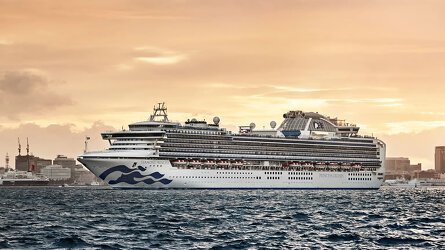
Boasting signature Princess features and unique spaces on board, Diamond Princess serves up a distinct cruise experience. Read more

Delight your palate with an array of dining options, including a dedicated sushi bar and selections from renowned chefs. Read more

Enriching. Engaging. Entertaining. Carefully curated programs will elevate your on board and on shore experience. Read more
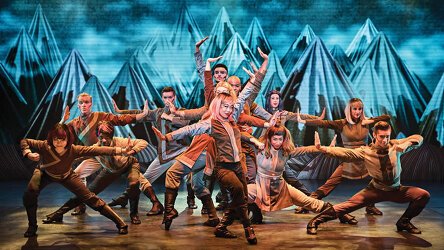
Sit back and be entertained with a line up of dazzling performances, musical revues, and Movies Under the Stars. Read more
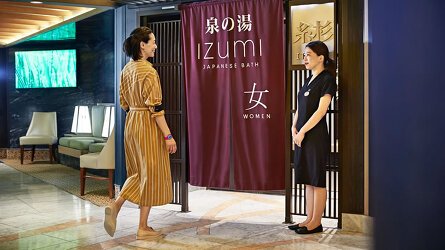
Inspired by a traditional Japanese onsen experience, guests can soak in the warm waters while soaking up the ocean views. Read more

With ample spaces and facilities for recreation and relaxation, there is something for everyone on board. Read more

Diamond Princess Reviews (2) Most Recent 'Diamond Princess' Reviews
Availability Click on prices below to view cabin upgrades and details
Tour & cruises prices are per person. Prices shown have savings applied, are subject to availability and may be withdrawn at any time without notice. Pricing and trip details are correct at this point in time, however are subject to confirmation at the time of booking and are subject to change by Princess. For cruise itineraries, cabin images are sourced from Princess. These should be treated as indicative only. Cabin inclusions, upholsteries and room layout may differ to the image(s) shown depending on the ship selected and your sailing dates.
